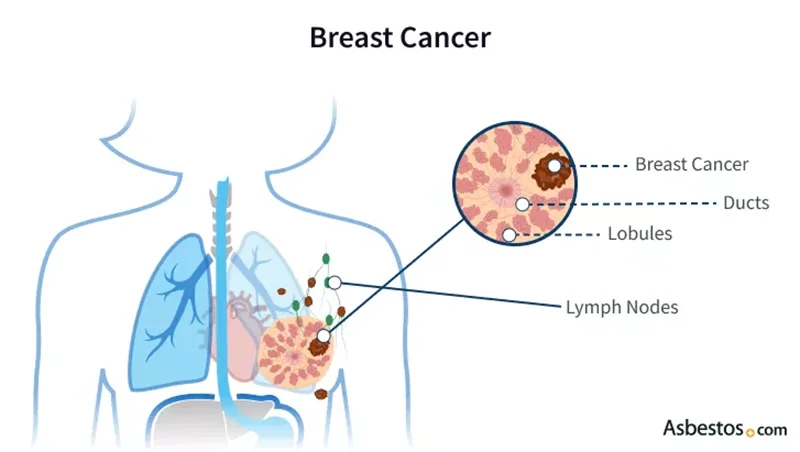Breast cancer awareness isn’t just about early detection and screenings; it’s also about comprehending all the factors contributing to this condition, especially those in our environment.
Recent studies have shed light on how environmental factors can play a significant role in the risk of breast cancer.
Environmental Factors
Several environmental factors are suspected to have links to breast cancer. These include:
1. Ionizing and Non-Ionizing Radiation: Exposure to certain types of radiation, whether ionizing (like X-rays) or non-ionizing (as from electronic devices), has been investigated for its potential impact on breast cancer risk. While the evidence is still emerging, being informed about your exposure can be a part of prevention.
2. Pesticides: Pesticides are substances used to protect crops from pests. However, they often contain chemicals that may pose health risks, including an association with breast cancer. Knowing the source of your produce and minimizing exposure to pesticides can be a wise step.
3. Polycyclic Aromatic Hydrocarbons (PAHs): These are chemicals formed during the incomplete burning of organic substances, like coal, oil, and gas. PAHs can contaminate the air and water and may be a contributing factor in breast cancer. Reducing exposure to environmental pollutants is essential.
4. Metals: Certain metals, like cadmium and arsenic, have been linked to breast cancer when they enter the body through water or food contamination. It’s essential to stay informed about your water sources and be mindful of your diet.

Asbestos Exposure and Breast Cancer
In the quest for understanding environmental factors, a notable connection has been discovered between asbestos exposure and breast cancer. Asbestos, a naturally occurring mineral known for its association with lung cancer and mesothelioma, has raised concerns in the context of breast cancer as well.
While the exact mechanisms remain under investigation, asbestos exposure, particularly for individuals working in specific industries, may heighten the risk of breast cancer.
By understanding the environmental factors and staying informed about potential risks, we can collectively take steps towards a future with reduced breast cancer prevalence.

To deepen your understanding of these critical issues, we encourage you to explore the following resources:
- Breast Cancer and Asbestos: Discover the connection between asbestos exposure and breast cancer and how awareness of this link is vital for prevention.
- Cancer Centers: If you or someone you know is seeking support, the link provides a list of specialized cancer centers that can offer valuable assistance tailored to your needs.
Remember, knowledge is a powerful tool in the fight against breast cancer, and being informed about potential risks empowers us all to make informed choices for a healthier future.
For more information about our organization and how we’re promoting well-being through boxing, please visit WBC Boxing Cares.

